The beauty in the Hellenistic bronzes on display at Palazzo Strozzi
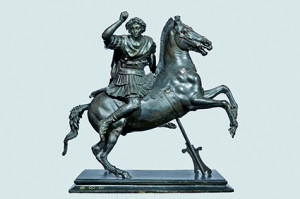 In collaboration with J. Paul Getty Museum di Los Angeles, the National Gallery of Art in Washington and the Archaeological Survey of Tuscany, kicked off the exhibition "Power and pathos. Bronzes of the Hellenistic world "in the prestigious Palazzo Strozzi.
In collaboration with J. Paul Getty Museum di Los Angeles, the National Gallery of Art in Washington and the Archaeological Survey of Tuscany, kicked off the exhibition "Power and pathos. Bronzes of the Hellenistic world "in the prestigious Palazzo Strozzi.
The show hosts, until 21 June, Palazzo Strozzi in Florence, an extraordinary series of sculptures from the fourth century BC. to the first century d.C.
For the first time gathered in Florence about 50 bronze masterpieces from the Hellenistic period, IV-I century BC, highly expressive quality, made with refined techniques in an artistic language very elaborate, including Apoxyomenos Vienna bronze and marble version Uffizi used for its restoration; i due Apollo-Kouroi, archaistic in the Louvre and in Pompeii.
So far none of the pairs had never been exposed one beside the other.
The Apoxyomenos is the athlete who cleans sweat at the end of a race, with a special tool curved metal, what strigile.
Were the Hellenistic sculptors who first pushed to the limit the dramatic effects of the drapes swaying, hair messy, grimaces clenched teeth; was at their hands that the outward forms of sculpture became equally expressive of triumph and tragedy inner; and it is in their size images that we see for the first time a representation of all credible individuals and real events, they were scenes of everyday life or the fight between Achilles and Trojans.
The artistic representation of the human figure is central in most ancient cultures, but Greece is the place where he had more importance and influence on the subsequent history of art.
The sculptural art was meant to beautify the streets and public spaces, where commemorating people and events, and sanctuary, where they were used as "votes", o box, where he served as decorative elements, or in cemeteries, where represented funerary symbols.
Alla fine dell’età classica gli scultori greci avevano raggiunto un’abilità straordinaria, unprecedented in the art world, nell’imitare la disposizione e la forma plastica del corpo.
Il bronzo, for its quality, has always been regarded as a noble metal and the artists of the ancient world were the masters in the manufacturing process of the metal complex.
The exhibition is divided into seven thematic sections, opening with the big statue of the so-called Arringatore, that was already part of the collection of Cosimo I de 'Medici, to indicate how much interest produced the Hellenistic works already in the Renaissance; poi prosegue con una vasta sezione di ritratti di personaggi influenti, new artistic genre that was born with Alexander the Great.
Bodies ideals, bodies extremes allows you to check the development of new forms of artistic subjects of everyday life, positions with dynamic.
The sixth section, "Divinity", instead tackles an important topic and presents works of extraordinary beauty, including the Minerva of Arezzo, the medallion with the bust of Athena and the Head of Aphrodite.
Cecilia Chiavisteli
By the number 57 - Year II 25/03/2015
Power and pathos. Bronzes of the Hellenistic world
Until 21 June 2015
Strozzi Palace – Florence
Info: 055 2645155 – www.palazzostrozzi.org

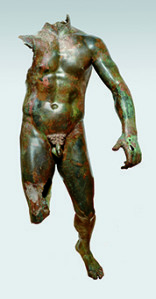
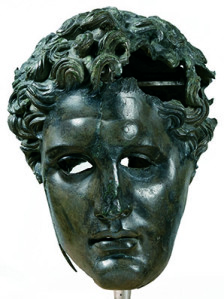
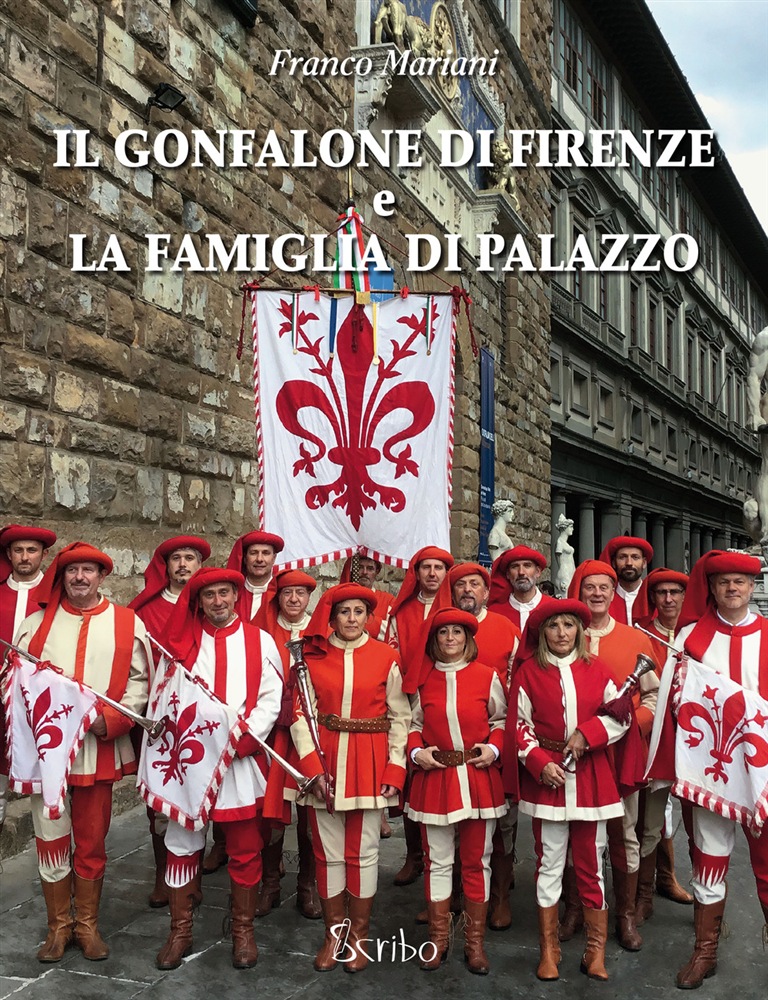




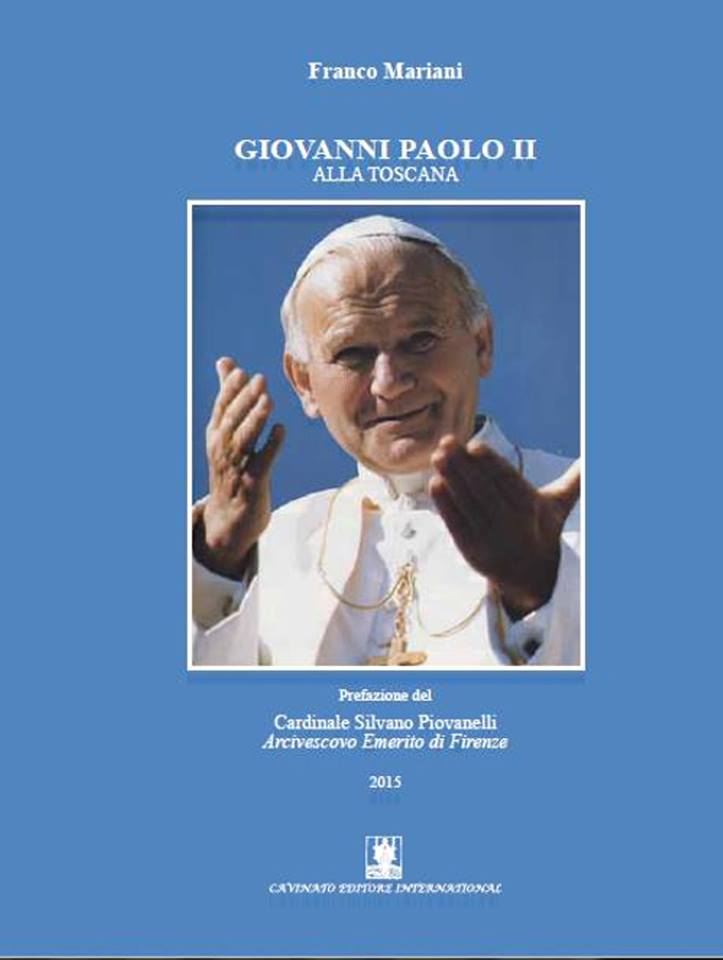
Follow Us!